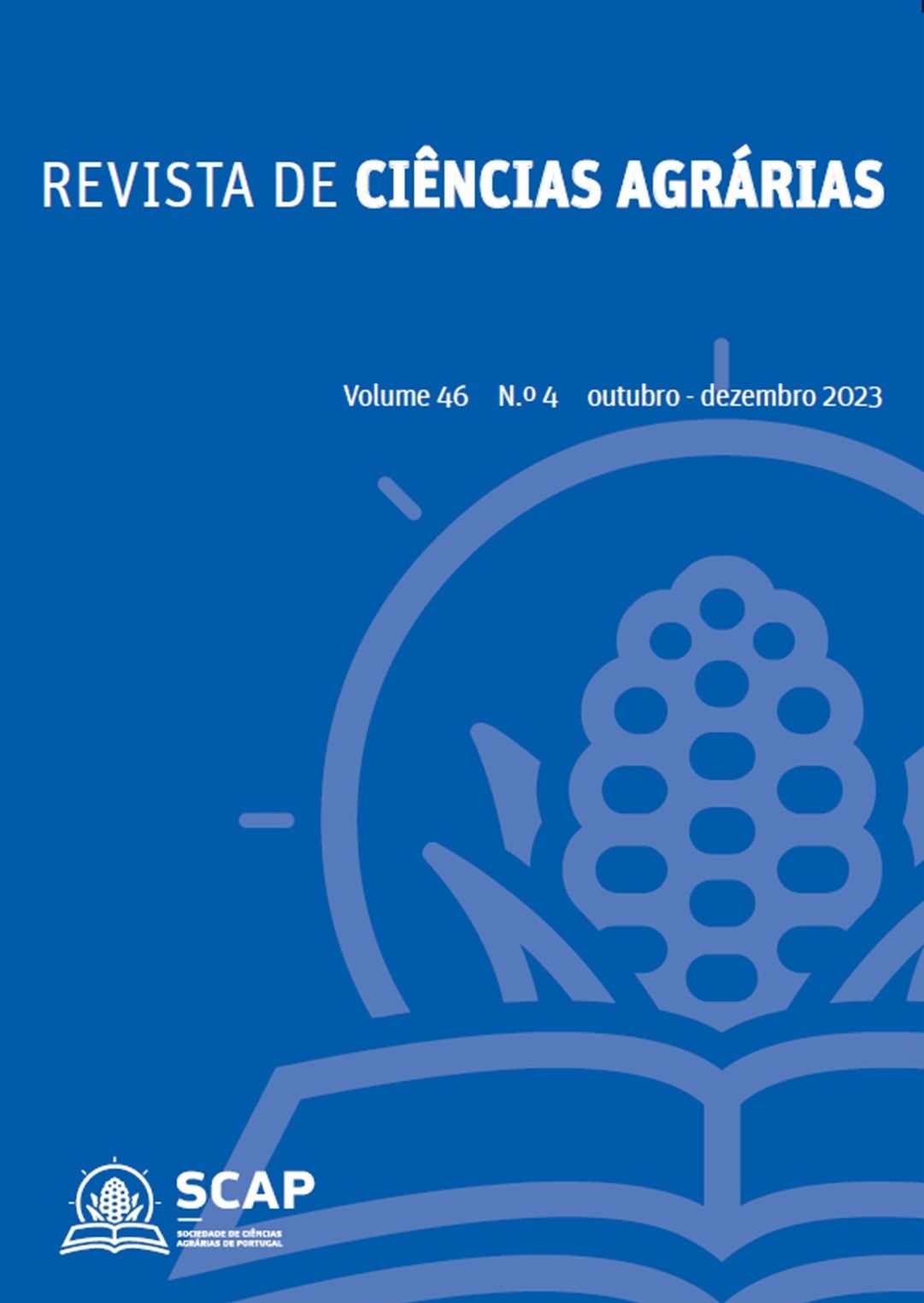Qualitative characteristics of seven cultivars producing breba figs
DOI:
https://doi.org/10.19084/rca.30051Abstract
Some varieties of fig tree (Ficus carica L.), namely from the San Pedro group, produced a first harvest of figs at the end of spring, known as breba crop. These figs are parthenocarpic and develop on the previous year's branches, producing from May/June to July.
Being the first harvest at a time of year when there is little supply of figs on the market, breba figs can achieve good prices, making it a profitable option. However, achieving competitive productions depends on the use of productive varieties, producers of quality figs and adapted to our growing conditions.
Faced with the problem of choosing cultivars for new plantations in order to test the agronomic and commercial requirements, 7 varieties producing breba figs were studied in terms of the qualitative characteristics of greatest interest. Biometric parameters such as weight, caliber, height and peduncle length were evaluated; physical-chemical parameters such as hardness, total soluble solids (TSS) and colorimetric parameters L, a*, b*, °hue.
Among the fruit quality evaluation characteristics, such as the size, weight, hardness and color of the figs, they played a prominent role in the choice of cultivars to consider planting. However, the length of the peduncle and the TSS are not so decisive factors, since they did not manifest differences between the varieties.


